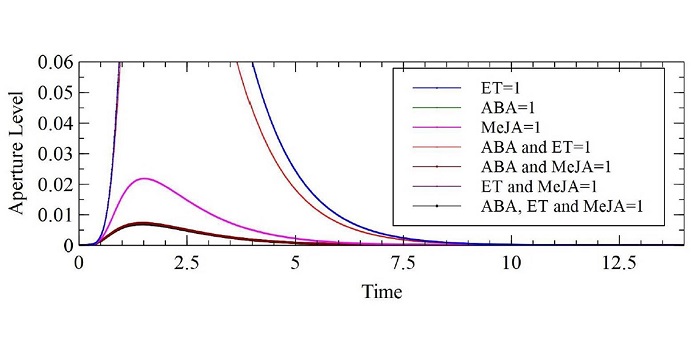
What We're Reading: January 19th
Blog, Research, Research Blog, WWR Full PostThis week's papers were seleted by Renee Dale. Renee is a PhD student in biology and an MS student in statistics at Loiusiana State University who is studying mathematical biology and biostatistics for plant biology applications. She is also working on an educational video game!
Renee selected these…
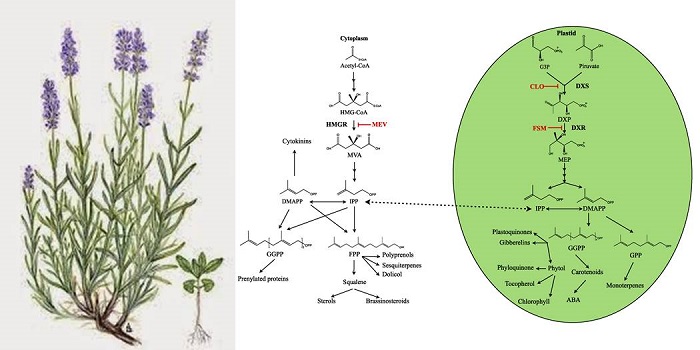
Dynamics of monoterpene formation in spike lavender plants
Blog, Plant Science Research Weekly, Research, Research BlogMetabolites. Terpenes are derived from isopentenyl diphosphate (IPP) and dimethylallyl diphosphate (DMAPP), which are produced in two separate pathways: in the cytosol (via mevalonate, MVA) and the plastid (via methyl-D-erythritol-4-phosphate, MEP). The products of terpene metabolism include numerous…

Ash leaf metabolomes reveal differences between trees tolerant and susceptible to ash dieback disease
Blog, Plant Science Research Weekly, Research, Research BlogOver the last two decades, Ash dieback (ADB) has been sweeping through Europe killing or damaging a large proportion of European common ash trees (Fraxinus excelsior). ADB results from infection by wind borne spores of the fungus Hymenoscyphus fraxineus. As ADB spread and the scientific research…
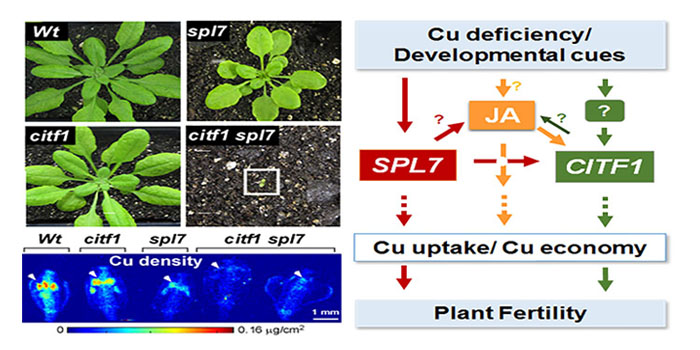
Anthers Crave Copper
Research, The Plant Cell, The Plant Cell: In a NutshellYan et al. searched for proteins that regulate the delivery of the micronutrient copper to flowers to ensure successful reproduction https://doi.org/10.1105/tpc.17.00363
By Jiapei Yan, Ju-Chen Chia, and Olena Vatamaniuk
Background: Global food security and the demand for high-yielding grain crops…
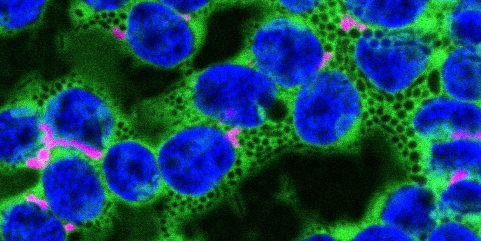
Protection Against Reactive Carbonyl Species
Research, The Plant Cell, The Plant Cell: In a NutshellSchmitz et al. investigate the physiological significance of the glyoxylase system in Arabidopsis https://doi.org/10.1105/tpc.17.00258
By Jessica Schmitz and Veronica G. Maurino
BACKGROUND: In every living cell, side reactions of enzymes and spontaneous reactions of metabolites inevitably…

Nitric Oxide and Diatoms
Blog, Plant Physiology, Plant Physiology: On The Inside, Research, Research BlogAll gases in the N cycle, including nitric oxide (NO), are present in oceans, either because of gas exchanges at the air-water interface or because they are produced within oceans themselves. NO, a physiologically important gaseous transmitter, is generated in seawater by nonbiological photochemical…
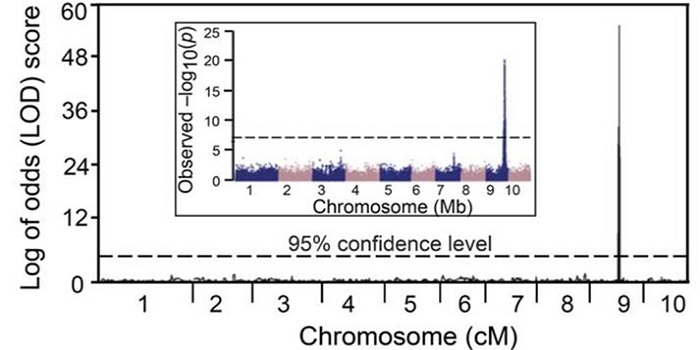
Chemical Defenses of Maize Roots
Blog, Plant Physiology, Plant Physiology: On The Inside, Research, Research BlogOf the many classes of natural products produced by plants, terpenoids are the most structurally diverse, with well over 25,000 established compounds. In maize (Zea mays), terpene olefins are nearly ubiquitous components of induced volatile emissions following biotic stress. In contrast to our understanding…

Lignin Bioengineering in Poplar
Blog, Plant Physiology, Plant Physiology: On The Inside, Research, Research BlogLignified cell walls constitute an important renewable and sustainable feedstock for the production of fermentable sugars, biochemicals, and biomaterials. In biorefineries, plant cell wall polysaccharides are depolymerized into simple monomeric sugars, a process called saccharification. These sugars…

J. Exp. Bot. Special Issue. The plant cuticle: old challenges, new perspectives ($)
Blog, Plant Science Research Weekly, Research, Research BlogThe cuticle is a cell-wall polymer that protects against desiccation, pathogens and UV light. Domínguez et al. provide an open-access editorial that describes this fine collection of articles covering all aspects of the plant cuticle, from its evolutionary origins to its ecological significance. Within…

